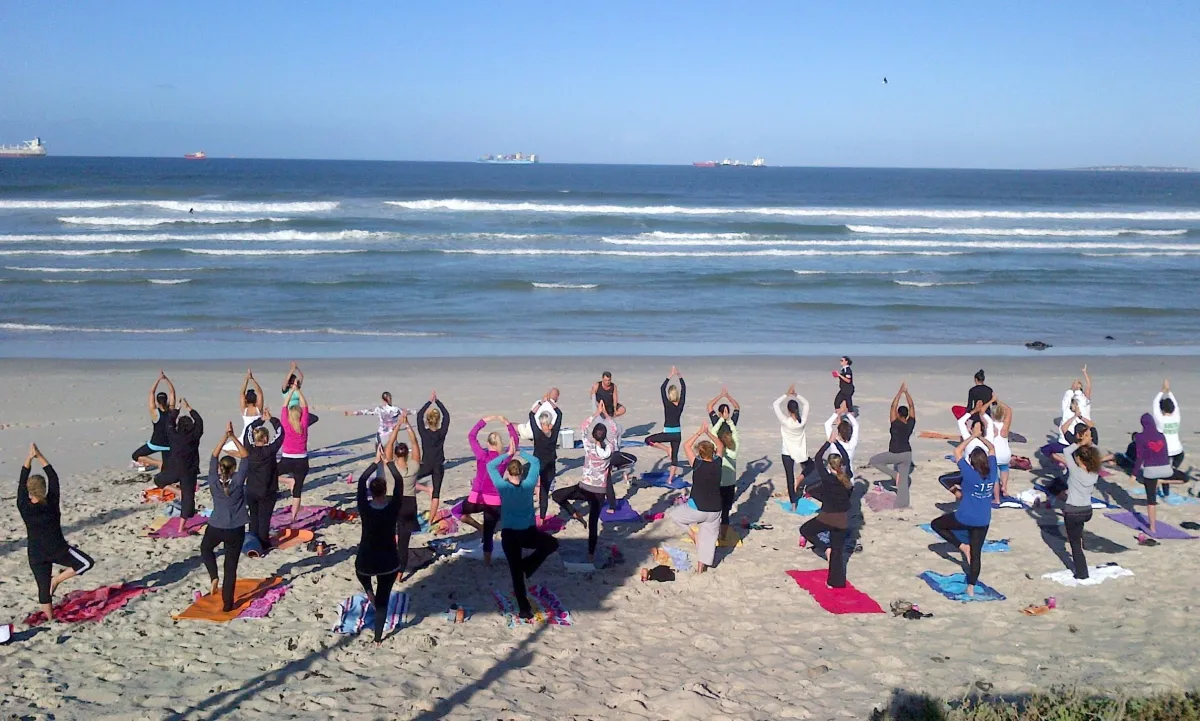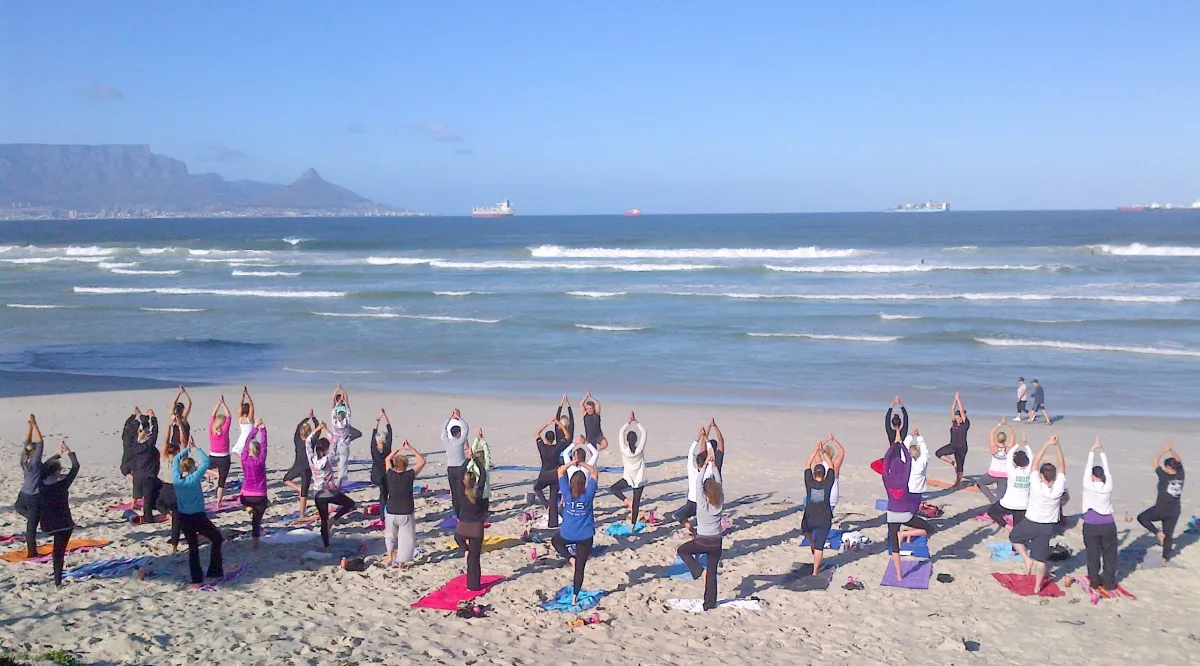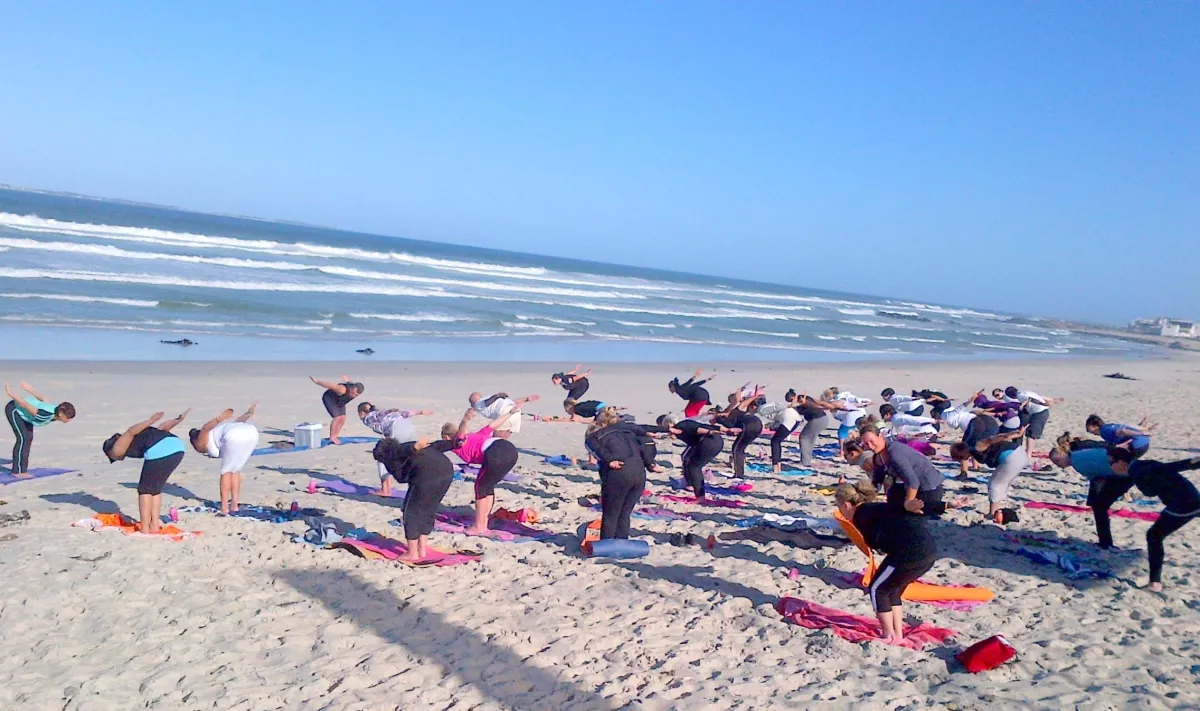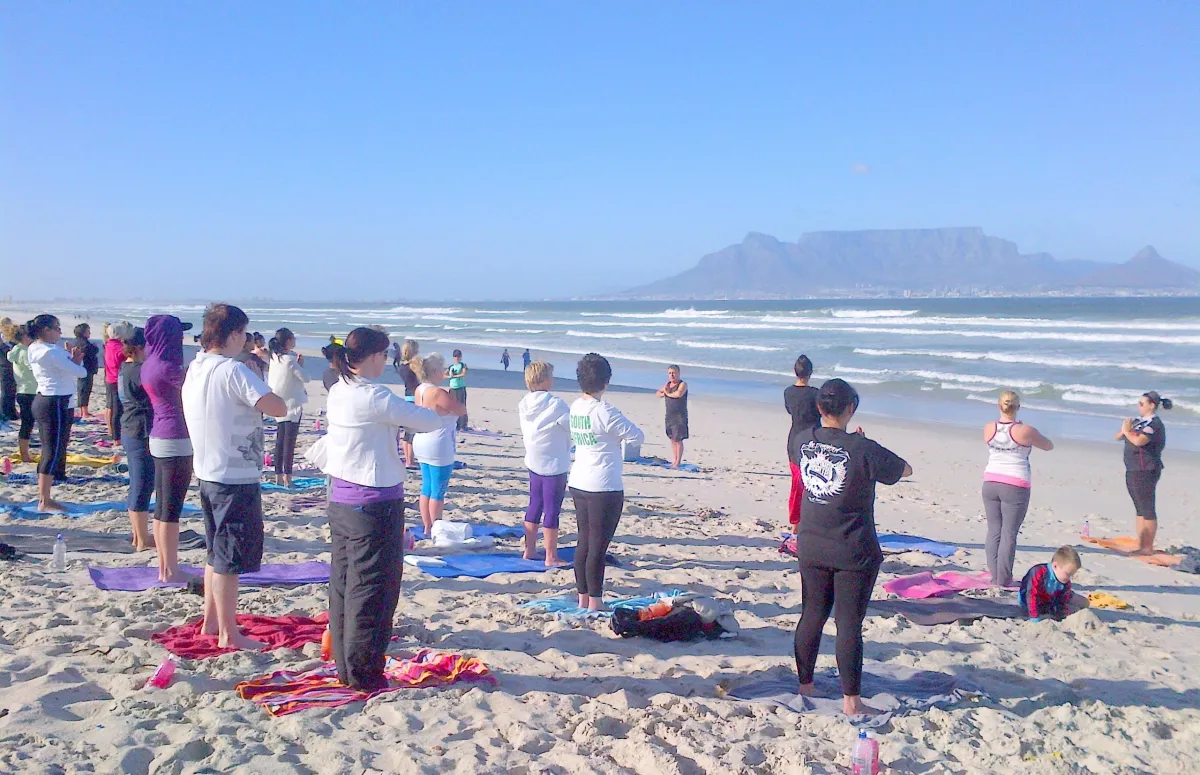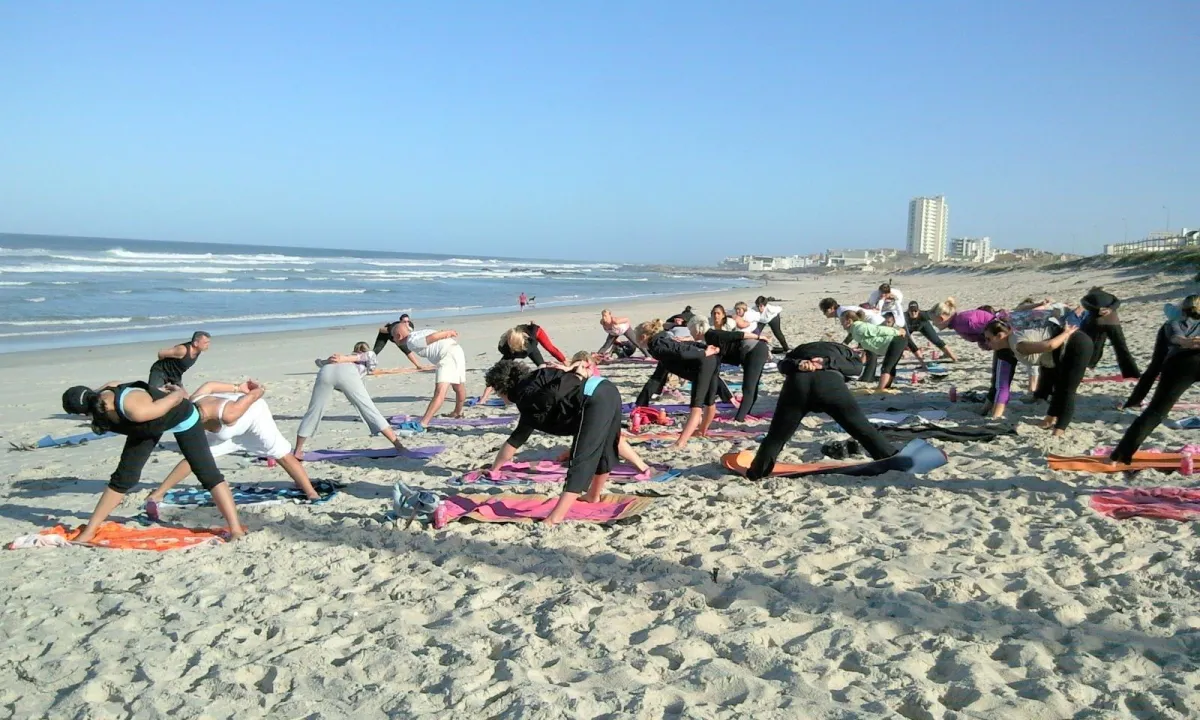About us
YOGA IS POSSIBLE FOR ANYBODY WHO REALLY WANTS IT
HOME / About Us
Our Spiritual Guides and Teachers, Approach and Beliefs at Chaitanya School of Yoga
“There are two ways to life your life. One is as though nothing is a miracle. The other is as though everything is a miracle.” ~Albert Einstein

ROSALYNE - Founder of Chaitanya School of Yoga
Rosalyne started her practice of yoga inspired by the books of Swami Shivananda and Yogananda in 1989, being a guest seeker at Osho Ashram where she received initiations and Mantra Diksha in Tantra, Hatha and Kundalini Yoga, Mantra and Yantra meditations techniques. From the beginning of 90's she continued her studies and practice of yoga on a regular basis, daily, in large groups and ashrams in Europe and later in Asia, thus becoming an experienced yogini and spiritual guide, with over 20 years of experience* (proven personal results of practicing yoga) in Hatha, Kundalini, Kriya and Tantra yoga, Meditation, being well knowledgeable of Jnana yoga and Advaita Vedanta.
Through her spiritual practice, she has acquired a penetrating insight into the nature of being and existence, thus what she is sharing is not "books letter texts ", but her experiential and direct spiritual knowledge via highly efficient methods explained in modern terms, designed to allow one to transcend the daily existence and integrate it with success into the subjective existence.
Throughout the years, she has specialized in solitary retreats, and dark room retreats 3-12 days, following the example of her Jnana and Advaita Vedanta teachers, Ramana Maharshi and other Jnâna Yogi, who consider the solitary retreat as the last and the most important in Yoga practice.
When traveling and living in Japan, Singapore, South Korea, Taiwan, Rosalyne began her journey on the path of Buddhism, practicing their methods for years in Tokyo and Kamakura, Singapore, Seoul, sharing at the same time her knowledge in yoga with her Asian friends and students.
Rosalyne has reached high states of spiritual realization, being able to offer a proven path to spiritual accomplishment and she does it in well-understandable and modern concepts, without the usual mystification which come with this sort of information. She is among those "Old school "spiritual guides well trained in Kundalini Yoga, Advaita Vedanta or Ayurveda, as well as in the highly spiritual Tantra Yoga, Kashmir Shaivism, Kriya Yoga, Tibetan and Zen Budhism, having the ability to give a comprehensible representation of the world's spirituality in a modern and practical form.
Being among those exponents of a modern trend of thinking in Yoga, teacher of true ancient knowledge of India and Tibet, she is able to guide safely adepts toward and into the highest stages of Yoga, which culminates with Kundalini awakening and Siddhis, Samadhi and Enlightement, without failing. Her studies are of literature ( journalism) and psychology , and her interests of quantum physics and mechanics, philosophy of religions, specializing in Ayurveda, Tantra and Kriya Yoga, Kashmirean Shavism and Mantra meditation.
She is a writer and an inspired poet , her mystical and philosophical essays and poems inspire the minds and hearts of the readers, giving them insight in the ways and heights of the heart and mind of a spiritual person.
In the last period Rosalyne doesn't teach anymore large groups, choosing Yoga therapy for private and small groups of people in need of Yoga, and preparing new Yoga teachers to know the highest and real science of Yoga, beyond the all visible "gym yoga" trends, following the "Integral Yoga Teachers Training" course program, that she and Laurence created.
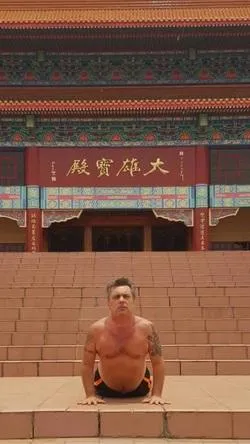
LAURENCE - Founder and Director of Chaitanya School Of Yoga
Co-founder with Rosalyne, and Director of Chaitanya School Of Yoga in South Africa, LAURENCE has studied Hatha yoga,Vinyasa , Yin Yoga , Yin Yang Yoga , Mantra and Yantra Yoga (Raja), Tantra, Kundalini, Tibetan Yoga and Tibetan Vajrayana Buddhism, being a Master Yoga teacher and an inspiring spiritual guide . Gifted with a strong will-power, mental clarity, and deep intuition, he possesses what is called "genius of heart'', a genius of a pure consciousness, which makes him calm and tireless throughout his busy day and schedule, always smiling and happy, he inspires by his personal example , easy to talk to and very knowledgeable on most subjects from yoga and sports to real estate market and finances, many times with a great sense of humor and kindness.
Laurence discovered the science of yoga after having suffered for many years with alcohol addiction, and whilst in rehab discovered the science of Yoga, Thai Chi , Chi Gong, and Vipasana (Zen meditation) , which has helped tremendously in his recovery. Now over 20 years free of any addictive substances Laurence has found a new way of life and thinking and wants to share his experiences with people who have or are suffering the same fate.
He has dedicated his life to opening a new way for those desiring light and new horizons , guiding others along this pure spiritual path. The serious approach of Laurence towards Yoga and its teachings, his devotion and passion to Yoga and, last but not least, his fresh sense of humor, make Chaitanya Yoga School a favorite place for practicing Yoga in Cape Town. Laurence says to his yoga students:
"Be yourself, enjoy yourself when you're doing yoga, be still and have patience when you meditate, and your life will change for the best. Above all, persevere in your practice of yoga and meditation, and respect the yogic code of conduct Yama and Niyama, and your success will follow"
"I have been privileged to have met wonderful teachers on my journey of life. Some have become friends and partners, others have become mentors and have touched my life and helped shape me into who I am today. Deepest gratitude and appreciation is present for the awesome life I am privileged to be enjoying every day. My prayer is that I can help others live the life of their dreams because I have learned that “Anything is possible!” Laurence Milner
Our Approach and Beliefs at Chaitanya School of Yoga
We always follow the values and practices of the classic Yoga in our classes. We are convinced that the millennium yoga tradition requires an appropriate attitude, in order for a person to achieve positive results. We pay attention to other similar doctrines too, but always considering the aims of Yoga, which are the freedom of a fulfilled life achieved on the way of self-awareness.
We understand that the ideal of consciousness and awareness with respect to the different aspects of human nature is the essence of all Yoga styles and it cannot have as its alternative the numerous modern currents using the name “yoga”. Often, and not without a reason, Yoga is likened to a science. We know that every science can be learned by hard studying and practicing.
This conditional division into theory and practice can be compared to the two wings of a bird - without one of them the bird will not be able to fly. Similarly, in Yoga be it Indian or Tibetan, the theory and the practice have always been inseparable and the progress in one of them will not be possible unless there is progress in the other one as well. But when we speak of spiritual science, a third component has a deciding role, and that is the communication with a person who has already adopted the spiritual path in his life.
The respected yogis Laurence and Rosalyne are exactly those sorts of Spiritual Guides. Their down- to-earth manner, clear mind, warm heart and understanding attitude, are real treasures for all of the people and students searching for guidance and insight, or simply for help.
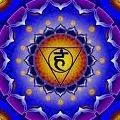
About Mantra
MANTRA YOGA: JAPA AND AJAPA-JAPA
Mantra yoga is A key to stabilizing the mind
Many students of meditation and spiritual life complain of a noisy mind, out of control senses, and emotional challenges. One of the most significant, single suggestions of the ancient sages is the use of mantra japa, or sacred word to focus the mind. No amount of intellectualizing will convince you of this. It must be practiced for the benefits to be experienced.
Constant remembrance of mantra in Mantra yogaRegardless of what mantra you use, one of the most important principles is the practice of constant remembrance. By cultivating such a steady awareness many benefits come:
One who practices mantra japa in this way will find that the challenges and stressors of daily life are not nearly as disturbing.
The mantra gives a place of refuge, an oasis in which the mind can rest.
It is not escape, denial, or repression, but a tranquil companion.
The objects of the senses begin to lose their control over actions.
The incoming streams of negative thoughts, emotions, and desires from the unconscious mind attenuate, or become weaker.
The mantra japa gradually becomes a best friend of the mind.
Mantra japa leads one in the direction of deeper meditations, and subtler spiritual experiences.
Japa and Ajapa-Japa - Meditation technique
Japa means repeating or remembering the mantra, and Ajapa-Japa means constant awareness. The letter A in front of the word Japa means without. Thus, Ajapa-Japa is the practice of Japa without the mental effort normally needed to repeat the mantra. In other words, it has begun to come naturally, turning into a constant awareness. The practice of constant remembrance evolves in stages:At first, you intentionally repeat the syllables of the mantra internally, as if you are talking to yourself in your mind. You allow the inner sound to come at whatever speed feels comfortable to the mind. Sometimes it is very slow, as if the mind were wading through a vat of honey. At other times it is very fast, as if flying through the sky without restraint.
With practice, the mantra japa is repeated automatically, like a song that you have heard many times, which just comes on its own. (Some practitioners consider this automatic repeating to be the meaning of Ajapa-Japa, though there is a subtler meaning, as described below.)
Gradually, you merely remember the mantra with attention drawn to it. It is more like noticing what is already happening, rather than causing it to happen. It is somewhat like the attention stance of listening rather than speaking, though you might not literally hear the sound.
In time, the feeling of the mantra is there, even when the sound or remembering of the syllables is not there. For example, sometimes people will say, "OM, Shanti, Shanti, Shanti," where the word Shanti means peace or tranquility. During the remembering of the word there may be two things--the word and the feeling of peace or tranquility. When the syllables fade away, the feeling may still be there; this is remembrance of the feeling of the mantra.
As the practice evolves, there comes a pervasive awareness of the mantra, subtler than both the syllables and any surface level meaning or definition. This constant awareness is the meaning of Ajapa-Japa of the mantra.
Choice of mantras for meditation
There are many mantras, words, or compact prayers that can be used for Japa and Ajapa-Japa. Virtually all of the meditation traditions, spiritual lineages, and religions have mantra in one form or another.
Some words have specific meaning, while others are seed syllables having only feeling, not literal, word-for-word definitions.
Some have religious significance, while others are completely non-sectarian.
Some have very subtle effects on energy, while others are more like positive affirmations given to train the conscious mind.
Whatever mantra, word, or syllables are used, useful benefits will come from the practice of Japa and Ajapa-Japa.
There are some popular mantras like AUM, SOHAM, HAM SAH, and you can choose to work with them freely, as there are some mantras highly specialized, which meaning and purpose as well as modus operandum ,you can find only if received through initiation form a yoga master/teacher, who realized into himself the power of that mantra (a Mantrika), being able to transmit it to you in the moment of initiation ( shaktipat).
NOTE 1 : Whatever mantra you choose, know that you can have spiritual results only after repeating the mantra daily, for months, and years, not less than 100.000 repetitions. That is a serious work for a real seeker, and not only 108 times as heard from some guides. 108 its a Ritual fit number, and never a number fit for Liberation and Enlightenment. Serious seekers remember that!
NOTE 2 : Japa and Ajapa Mantra meditation are the first stages in working with a mantra, highly beneficially for mind as said. However the purpose is to attain higher states of mind, being able to be absorbed in deep meditation through sound/mantra. The next and last stage in working with a mantra is thus Laya Yoga ( the stage where.you hear the subtle sound of the mantra (the sound found beyond silence) and becoming one with it, you are absorbed into its field of energy, your consciousness becoming ONE with the mantra of choice and one with the deity. What happens in that moment and after that, well, you will need to see it yourself. But only the very curious and committed yogis will work diligently and find out..There is no place for weak willed in the superior planes of spiritual world. This Is the Truth!
YOGA ARTICLES


